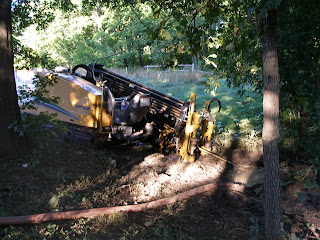Nitrogen fixation needs more than just the plants.
Weather, and factors in soil and sun account for variations. Does Sandy soil offers little N so the plants will fix more? Rich river bottom soils offer more N so the plant fixes less?
The Rhizobial inoculants needs more explanation. An enzyme (nitrogenase) makes it happen as the plant is infected by the bacteria that actually cause the nodules on the roots.
http://foragesoftexas.tamu.edu/ad/fixation.html
I also found an abstract for Indigo Research done at the University on Minnesota. I will try and find the actual data when I am there in a couple weeks.
N fixing is very important to me in the Polyculture Equation. I need more data on which plants need the most, fix the most and the relationship to the inoculants required. Below are examples for nutrients needed for fixing N.
Soybean grown in the presence (left) or absence of cobalt, an element essential for N fixation due to requirements of the microbial symbiotic (Bradyrhizobium japonicum in this case).
Alfalfa grown in the presence (right) or absence of molybdenum, an element essential for N fixation due to its role in nitrogenase, the enzyme that catalyzes nitrogen fixation.http://academic.reed.edu/biology/Nitrogen/Nfix2.html
Dan


Comments